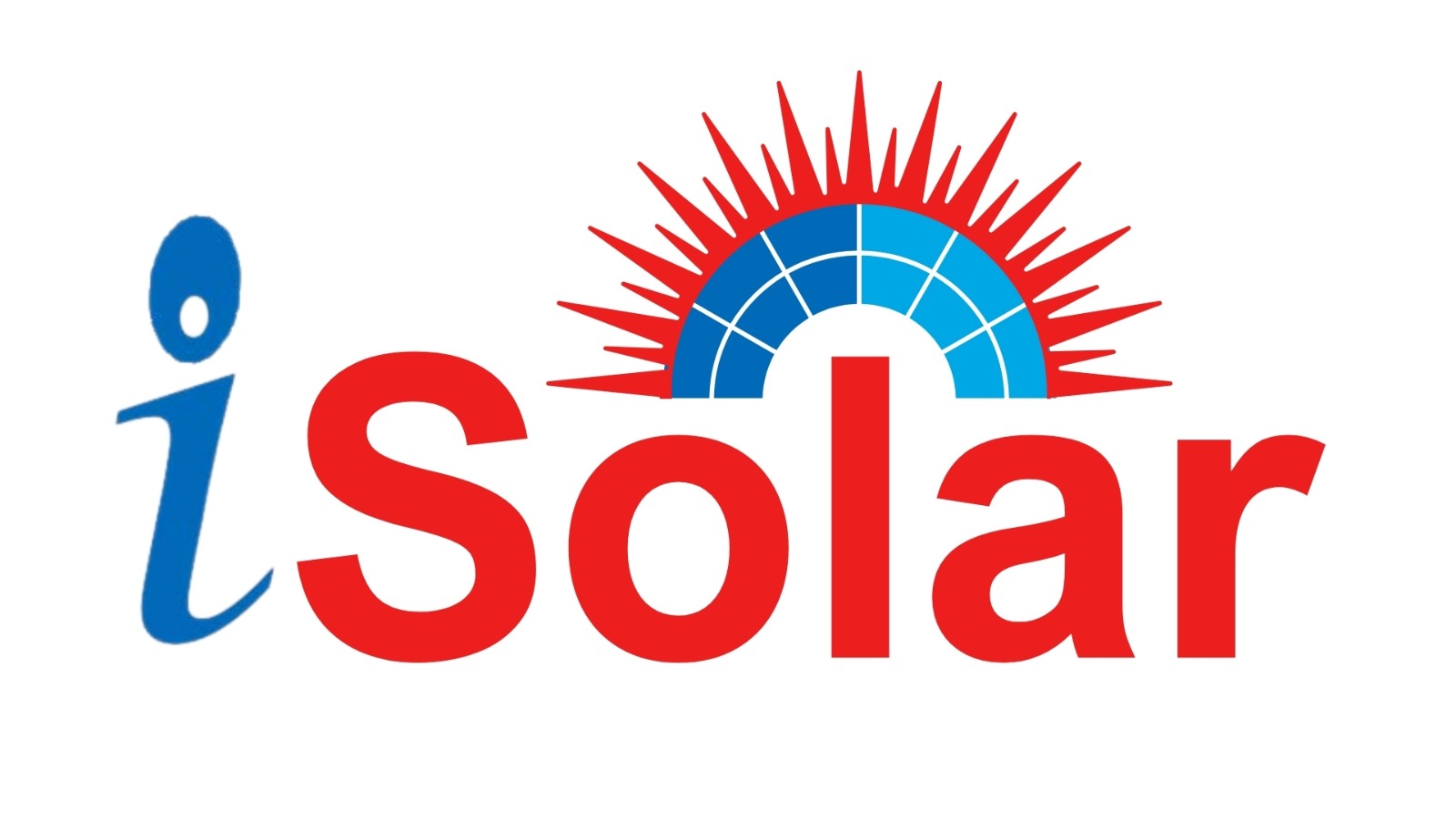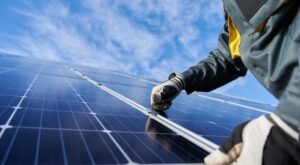If your are considering renewable energy solutions for business then solar panel Installation is one of the best ways to save on energy and contribute to a more sustainable future. New technology and awareness of environmental issues make solar energy now the heart of modern energy solutions. So, what does installing solar panels involve? The Ultimate Guide on Everything You Should Know About the Installation of Solar Panels: From Early-Phase Planning to Long-Lasting Maintenance
- Understanding Solar Panels and How They Work
Solar panels take in direct sun and change the light energy to electricity. Each cell, composed of silicon is the structure in the panel and absorbs sun for converting energy into DC, or direct current electricity. There needs to be an inverter for taking on AC, or alternating current, which will distribute in the house or office.
- Benefits of Solar Panel Installation
Before we start the installation process, here are some of the most significant benefits of turning to solar energy.
Cost Saving: Through solar panels , you can save on electricity bills by 50% over time.
Environmental Impact: Solar energy is a source of renewable and clean energy. You are therefore reducing carbon footprints in relation to combating climate change.
Increased the value of properties: solar installed house tend to have greater values for house sales.
Energy Independence: One depends less on the grid while relying on the usage of the photovoltaic cell, saving extra utility bills soaring with the rate hike, and controlling the quantity one consumes.
- Procedure for Installation of Solar Panels
Installation of solar panels involves several critical steps. Here is an overview of the process:
Step 1: Preliminary Consultation and Site Survey
Your journey to possessing a solar system begins with securing a professional installation service, such as Innocepts Solar. At your property site, a professional solar will determine the roof area, sun availability, and cycles of energy uptake at various hours.
Step 2: System Design and Proposal
After the assessment, the solar team will design a custom system tailored to your property. This includes selecting the appropriate number of solar panels, inverters, and battery storage (if applicable). You’ll receive a detailed proposal outlining the system’s cost, expected energy production, potential savings, and installation timeline. Be sure to review this proposal and ask any questions before moving forward.
Step 3: Permitting and Approvals
Many permits and approvals are required to pass through before installation. Your solar provider will take care of the above steps. He makes sure that the system will be in line with all the local building codes and regulations. These are mainly permits on electrical systems, roof installation, and all inspections.
Step 4: Installation Day
This marks the starting point of the installation process. Just sit back and relax because a well-trained team of professionals will come to your house. They put the solar panels on the roof or on the ground depending on the design set up by one. The installation takes about one to three days, depending on the system’s complexity.
Step 5: System Inspection and Activation
After installation is complete, the system will be inspected for final acceptance. Inspection is done by a local authority or third-party inspector. Once it passes the inspection, the system will be activated and connected to your electrical grid. Your solar system is now ready to begin producing power!
Step 6: Monitor and Maintain
After Installation you can monitor the performance of your solar system through a mobile app or online portal. The solar panels require very minor maintenance, these should be periodically cleaned to wash off the dust. Innocepts Solar maintains the system which helps in operating in an optimal way.
What to Think Before Installing Solar Panels
Roof Status: Ensure your roof is okay and capable of supporting solar panels. Any cracks or flaws in your roof should be remedied before the installation of solar panels.
Exposure to Sun: Solar panels achieve maximum efficiency, provided adequate sunlight is readily available in the location. All trees or other buildings may not shade out the roof area.
What is the cost of Solar Panel Installation?
The cost of installation solar panels depends on the size & quality of your system. Average estimation claims that an Industrial solar panel installation costs anywhere from 150000 to 1200000.
The solar panels gives good return over long term investment. Mainly it gives full payback on within 4-5 years and its shelf life is over 25 Years.
How Innocepts Solar Can Help
Since Innocepts Solar promises efficiency in the solar solutions to the residential and the commercial environment to ensure quality to the satisfaction of the customers, a team of skilled experts will not only consult to begin the installations but will extend support right down to post installation.
Ready to go solar? Contact Innocepts Solar today to schedule your free consultation and take the first step toward cleaner, more sustainable energy!








